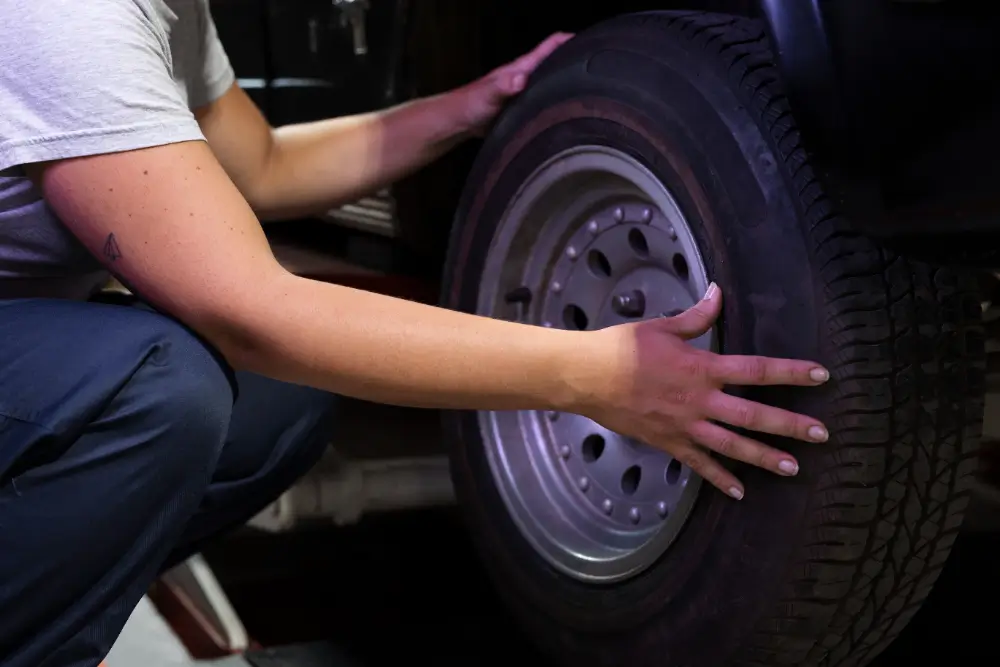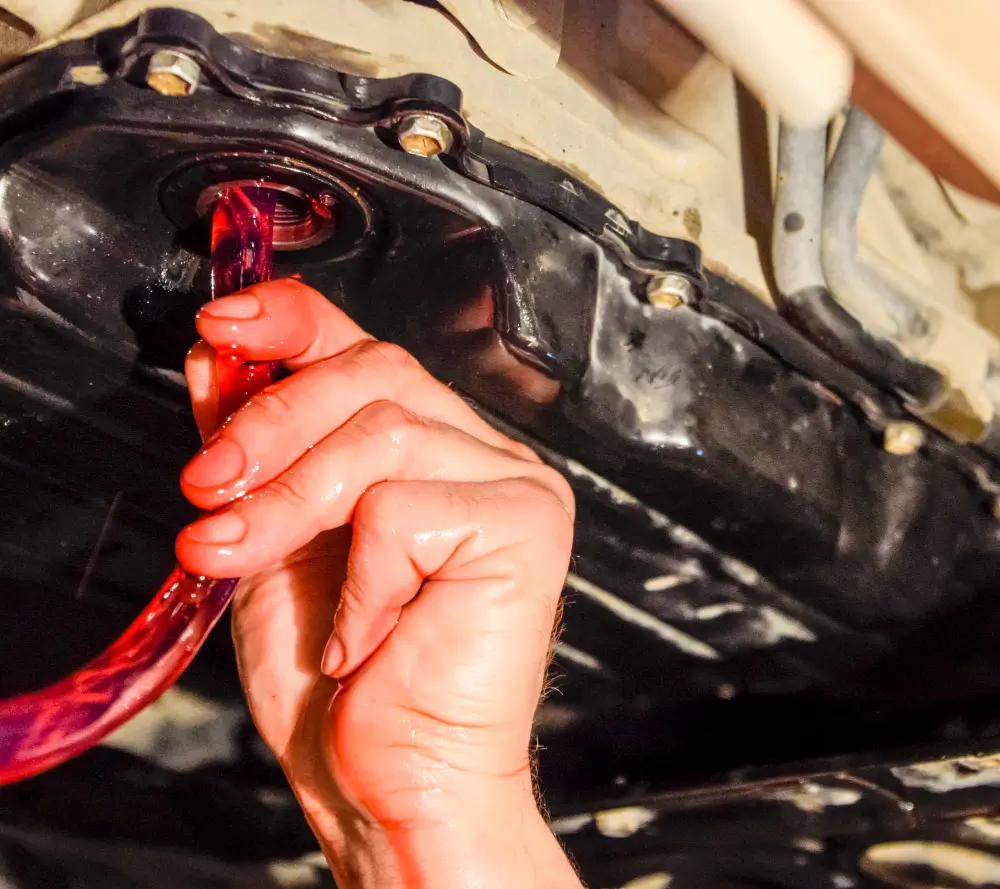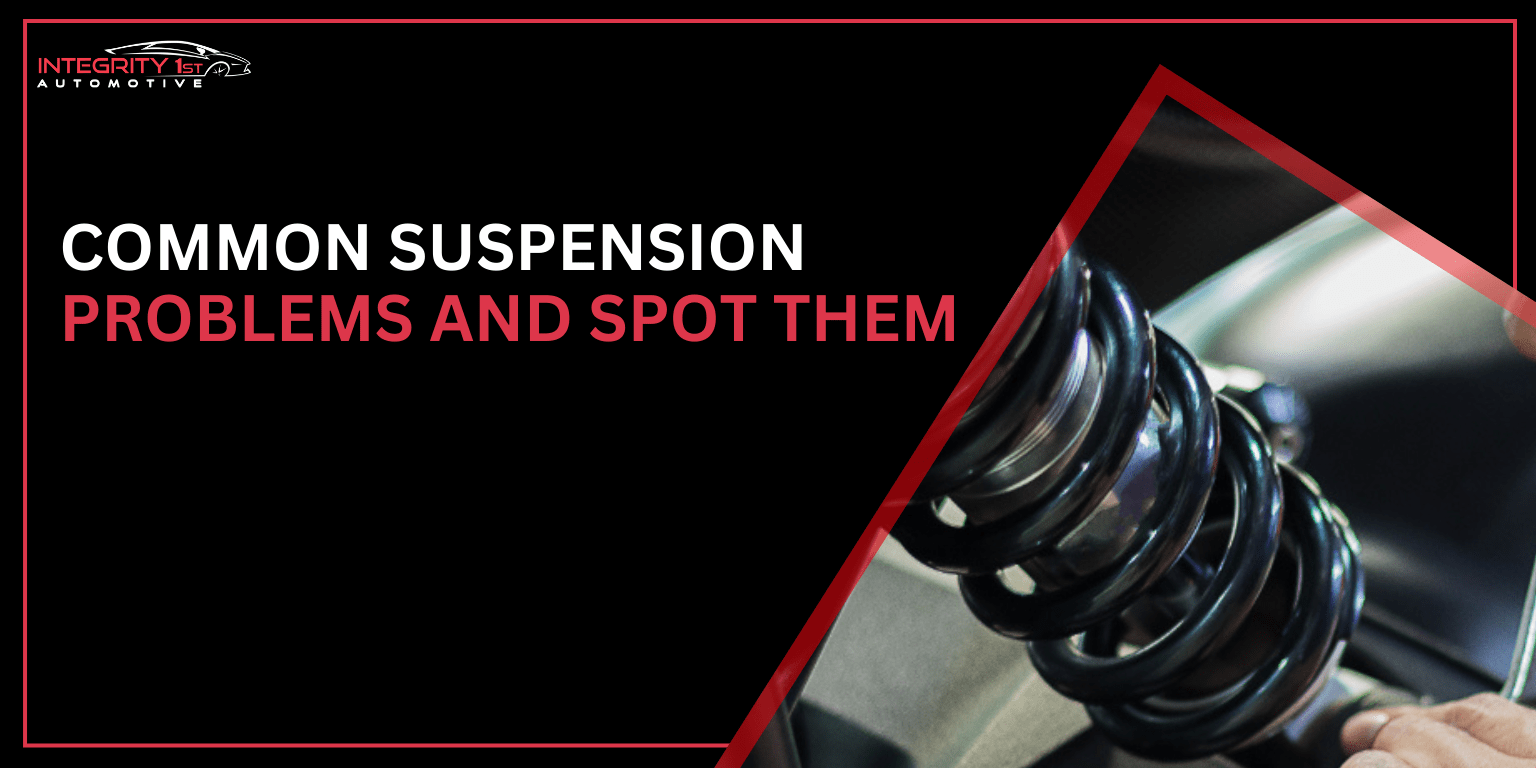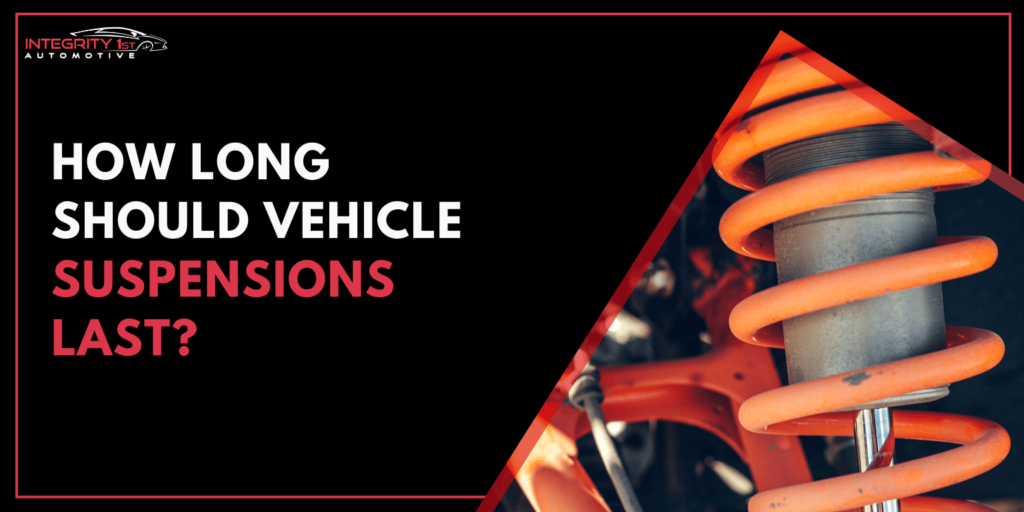If your suspension system is not working well and you want to know the exact problem, you are in the right place.
With serious consequences such as rollover accidents, malfunctioning suspension systems are particularly dangerous. Therefore, learning how to spot suspension issues before they become this severe is critical for your own safety.
Below, we will explain 8 common problems you might find with your suspensions. Although you will need a paraprofessional’s help to resolve them, you can do the first step by correctly identifying them early enough.
Now, let us start with examining what the suspension system does.
An Overview of Your Car Suspension System
The suspension system on your car helps you to provide a comfortable ride and keep your tires and wheels in line. You can classify a suspension system as passive, active, or full-active suspensions. They can also use an electronic controller and a hydraulic, pneumatic, or electromagnetic actuator.
Generally, your suspension system contains the following parts:
- Shock absorbers
- Coil springs
- Struts
- Ball joints
- Bearings
- Tie rods
- Linkages
- Bushings
Together, these parts absorb the impacts, help you drive in a straight line, and support your vehicle.
Top 8 Common Suspension Issues and How to Detect Them
To keep your car in top shape, you will need to be able to identify any problems in the different parts of your suspension system. We have detailed the following common issues and how you can spot them:
1. Car Pulls to One Side
Your car pulling to one side is the most common problem in a suspension system. When your suspension system is faulty, the damage can cause wheel misalignment that makes the car pull to the side.
Although there could be another reason why your car is pulling to one side, if your car has recently received a large impact, such as driving over a deep pothole, a faulty suspension is more likely.
In this case, you will need a professional inspection to determine which parts have damage.

2. Frequent Bouncing while Driving
If you find yourself often bouncing after driving over dips and bumps in the road, you are experiencing one of the bad bad suspension symptoms.

Normally, your car’s springs, shocks, and struts would mitigate the impact, allowing you to have a comfortable ride.
So, you should have them inspected to verify which parts need replacements.
3. Corner or Side of Your Car Stays Low
Another problem with this system is that sometimes it fails, and your car starts to lean to one side.
Whether you are driving, you might notice this imbalance, but parking your car and examining it from the front and the side will confirm it.
In this case, the problem is most likely with your shocks or springs.

4. Difficulty Steering
Difficulty steering is one of the more serious suspension problems. Due to the suspension role in keeping your wheels aligned, a problem in this system affects your steering.

You will notice this issue when you drive straight, yet the car starts to drift to the side.
Although this issue is not unique to a faulty suspension system, it still requires immediate attention. This is because it makes it unsafe for you to drive.
5. Car Rolls to the Side
Your car rolling to the side during turns is yet another common sign that the suspension system is malfunctioning.
Since this system provides support during turns and lessens the weight shift, when it malfunctions, the balance shifts more dramatically.
So, the next time you are in your car, you should try taking turns and take note of whether it feels like the car is about to roll onto its side.
Note: This is a serious sign for you to seek an inspection and replacement since it can lead to a rollover accident.
6. Uneven Tire Wear
As counter-intuitive as it might seem, uneven tire wear is one of the most common auto suspension problems.
When the bearings, struts, or shocks malfunction, it can affect the way tires come in contact with the ground.
In the long run, this leads to uneven tire wear. Therefore, you can verify this issue by inspecting for differences between your tires, such as uneven tread depth and bald spots.

7. Car Dips When Braking
When you brake, your car might dip at the front or back if your suspension system is malfunctioning. In particular, faulty shocks, struts, or springs will cause your car to move in this manner.
So, you should drive forward, stop, drive backward, and stop again to check whether your car is dipping in either direction.
8. Leaking Fluid
The final issue your suspensions are likely to experience is fluid leakage.
After an especially bumpy ride or a long time with no maintenance, your suspension damage could have grown so serious that parts are leaking. Usually, you will notice grease or oil on the shocks or struts.

Get the Best Suspension Inspection and Replacement from Us
Any faulty part in a suspension system is simply too dangerous to remain unchecked. For the sake of your safety and comfort, you can receive state complaint inspections from Integrity 1st Automotive. We will check your suspension system thoroughly and find and replace all of the malfunctioning parts.
In addition to through inspections and replacements with 3-year warranties, we also offer the following services at our Texas locations:
- Tire alignment
- Steering repairs
- Drive train repairs
- Auto glass repairs
- Scheduled maintenance
Final Note
Conclusively, suspension issues may be very dangerous, but they are also easy to spot when you know what you are looking for. One quick way to check if your suspension system is working properly is to drive while paying attention to your sense of balance.
If you feel like the car bounces, pulls to the side, tilts when you brake, or tilts to the side when you turn, something is wrong with your suspension.
Alternatively, you can look for physical damage, such as fluid leakage and uneven tire wear. Likewise, difficulty steering is another clear sign that something is malfunctioning in this system.
If you ever experience these issues while in Texas, immediately seek the help of our professionals at Integrity 1st Automotive. We will fix your suspension system and ensure you can keep driving safely and comfortably.
Frequently Asked Questions
1. Can I drive with suspension issues?
You should not drive with suspension issues. There is a risk that you could get into a rollover accident, steer ineffectively, or drift into incoming traffic. Moreover, driving with a faulty suspension system will only further damage it.
2. Can suspension affect the engine?
Your suspension system does not directly affect your engine. However, driving in a way that mitigates all of the problems caused by faulty suspension systems will cause you to use your engine more. Therefore, your engine may display more wear if you drive with faulty suspensions for an extended period of time.
3. What does a suspension problem sound like?
A suspension problem usually sounds like a creaking, squeaking, or clunking. More precisely, overused shocks, struts, and bushings make these sounds. You will most likely hear these sounds while driving over bumps and dips or while making a turn.




